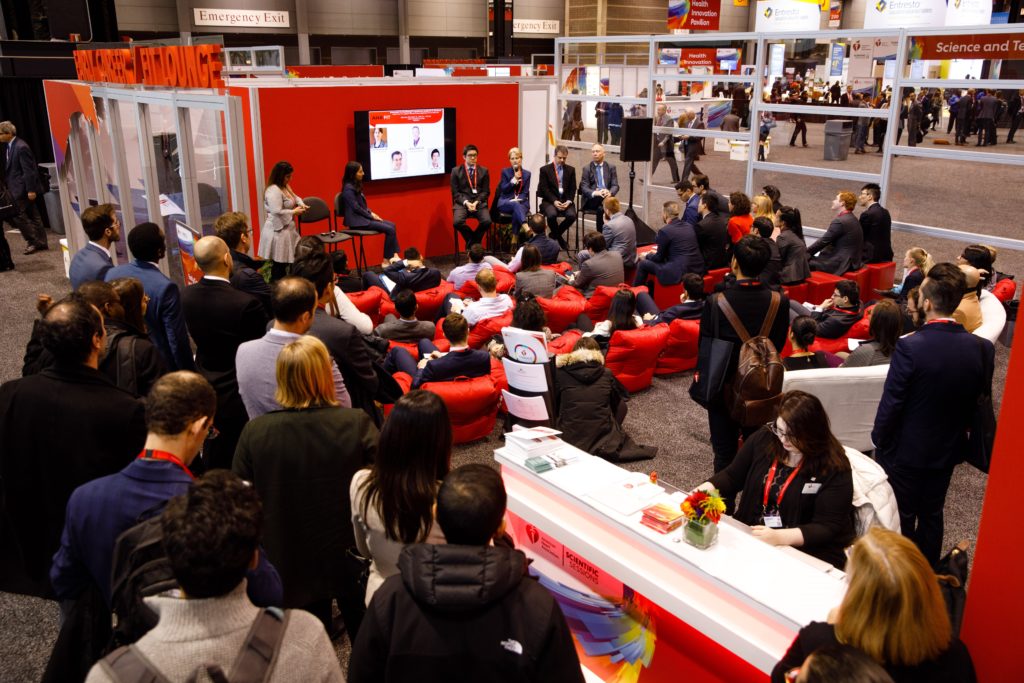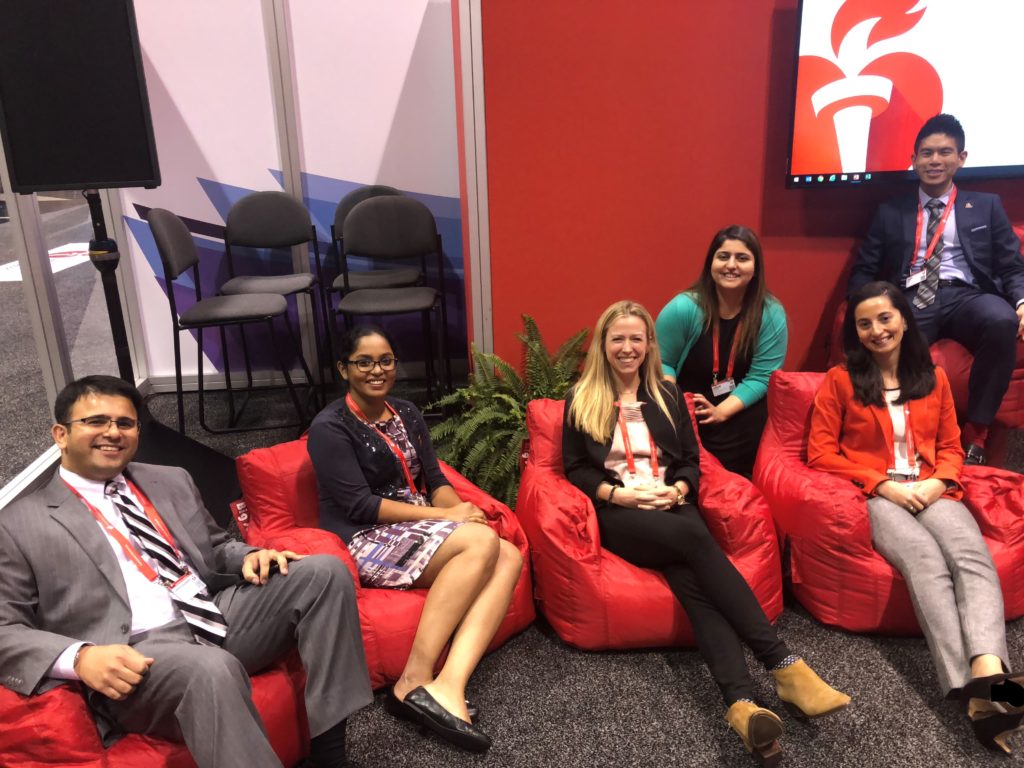While we are still incorporating the knowledge from AHA Scientific Sessions 2018’s late breaking trials like REDUCE-IT and TRED-HF into our daily practices, the AHA has already started planning for Scientific Sessions 2019 being held in my current home of Philadelphia, Pennsylvania. My co-AHA Early Career Blogger, Jeff Hsu, M.D., Ph.D., and I are excited to serve as Co-Vice Chairs for the AHA’s Fellow in Training (FIT) Programming Committee, and we are hard at work incorporating feedback from AHA18 into our vision for AHA19. For a recap of the AHA18 FIT/Early Career Lounge experience, check out my November blog here and FIT Insight blogger Anum Saeed, M.D.’s January blog here.
Becoming involved in my professional societies as a trainee has been hugely rewarding for me, but admittedly, making those first breakthroughs was not easy and took a few years to accomplish. In this blog, I will share 3 of my tips that can help you seize these opportunities.

1) Seek out a well-connected sponsor: Our professional societies are very eager to involve more FITs and Early Career members in a majority of their initiatives. Often, they advertise and require an application for trainee-specific opportunities like blogging, editorial, and leadership council positions. But, there are a host of positions that are not filled via an application-based process and are frequently offered to trainees through a personal connection within the society. If you have applied to formal engagement opportunities and your application has not been selected, instead of being discouraged, seek out a well-connected sponsor within the society with whom to share your motivation. Faculty usually know of other available opportunities for trainee involvement within their own councils or committees and can connect you with other members volunteering in clinical and research areas of your interest.
2) Offer concrete ideas when you make contact: When you connect with a society member whether in person, via telephone, or via email, instead of just saying that you would like to “be involved,” offer a few concrete ideas for the society and its mission. By doing this, you can demonstrate your enthusiasm and establish your dedication to the potential role. Your new sponsor will be more likely to engage with you and find an opportunity for you that is aligned with your interests and skills.
3) Form relationships with trainee colleagues who are already involved: When societies have formal councils or committees comprised of trainees, they often rely on them to disseminate news and opportunities nationally and internationally. While tip #1 can definitely help to launch your involvement, following the same practice with your FIT and Early Career colleagues can sometimes be more impactful. Trainees’ professional networks are usually smaller than those of the faculty in society leadership positions, so when we are asked to submit names of colleagues for opportunities, our selection pools are more limited. In the AHA18 FIT/Early Career Lounge, I met multiple medical students, residents, and fellows who expressed interest in the AHA FIT program and shared their feedback with me after Sessions. In turn, when I was offered the chance to nominate FITs and Early Career members for other roles, these new colleagues were at the top of my list.
If you are a FIT or Early Career member, watch out for emails about AHA Scientific Sessions 2019 programming in the coming months. If you have a great idea about what you would like to see at AHA19, reach out to Jeff (@JeffHsuMD) and me (@noshreza) on Twitter!
